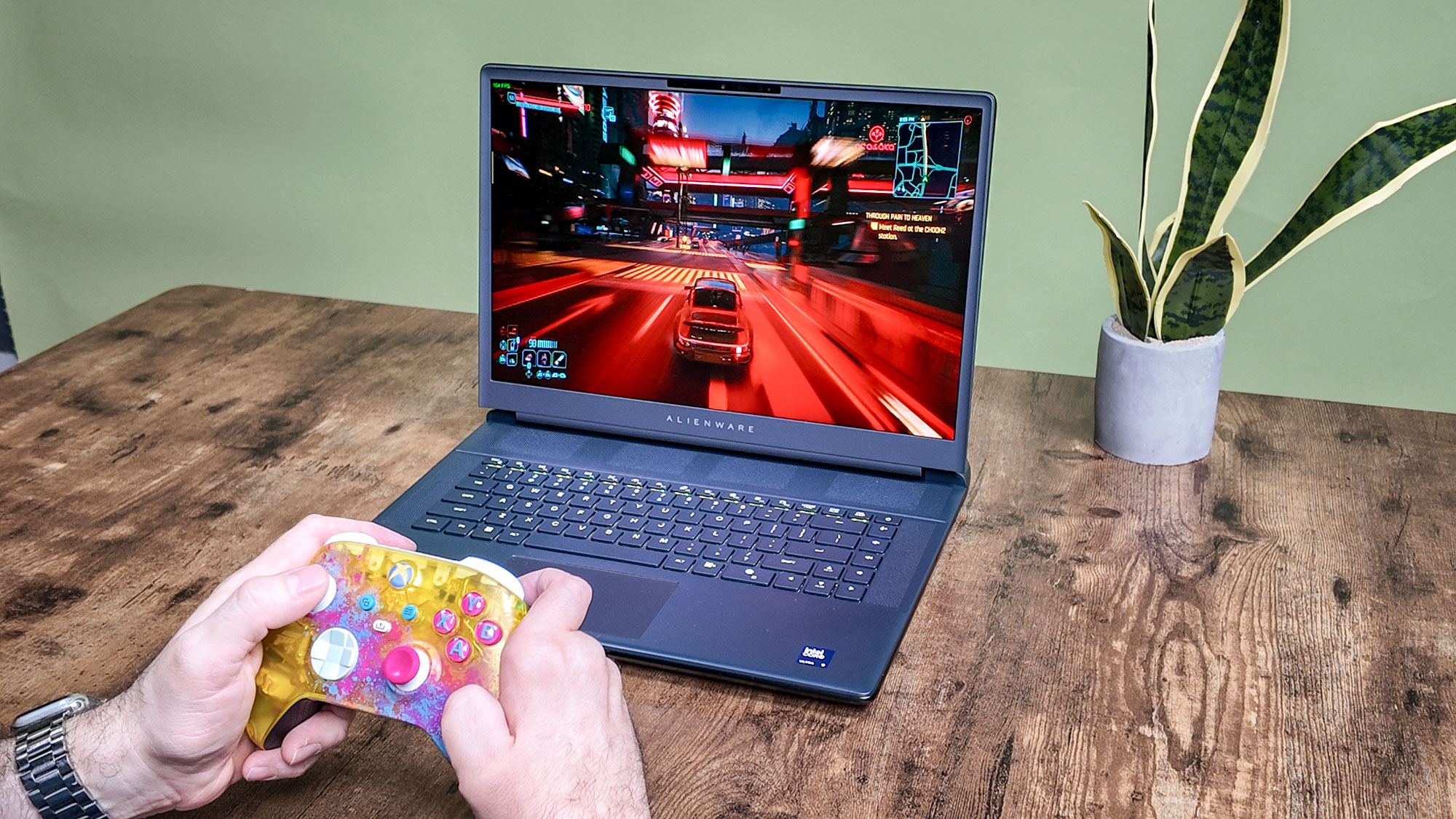I tried blue light blocking glasses for 2 months — they didn't help my headaches, but these 3 remedies did
Fixing eye strain can be an art instead of a science
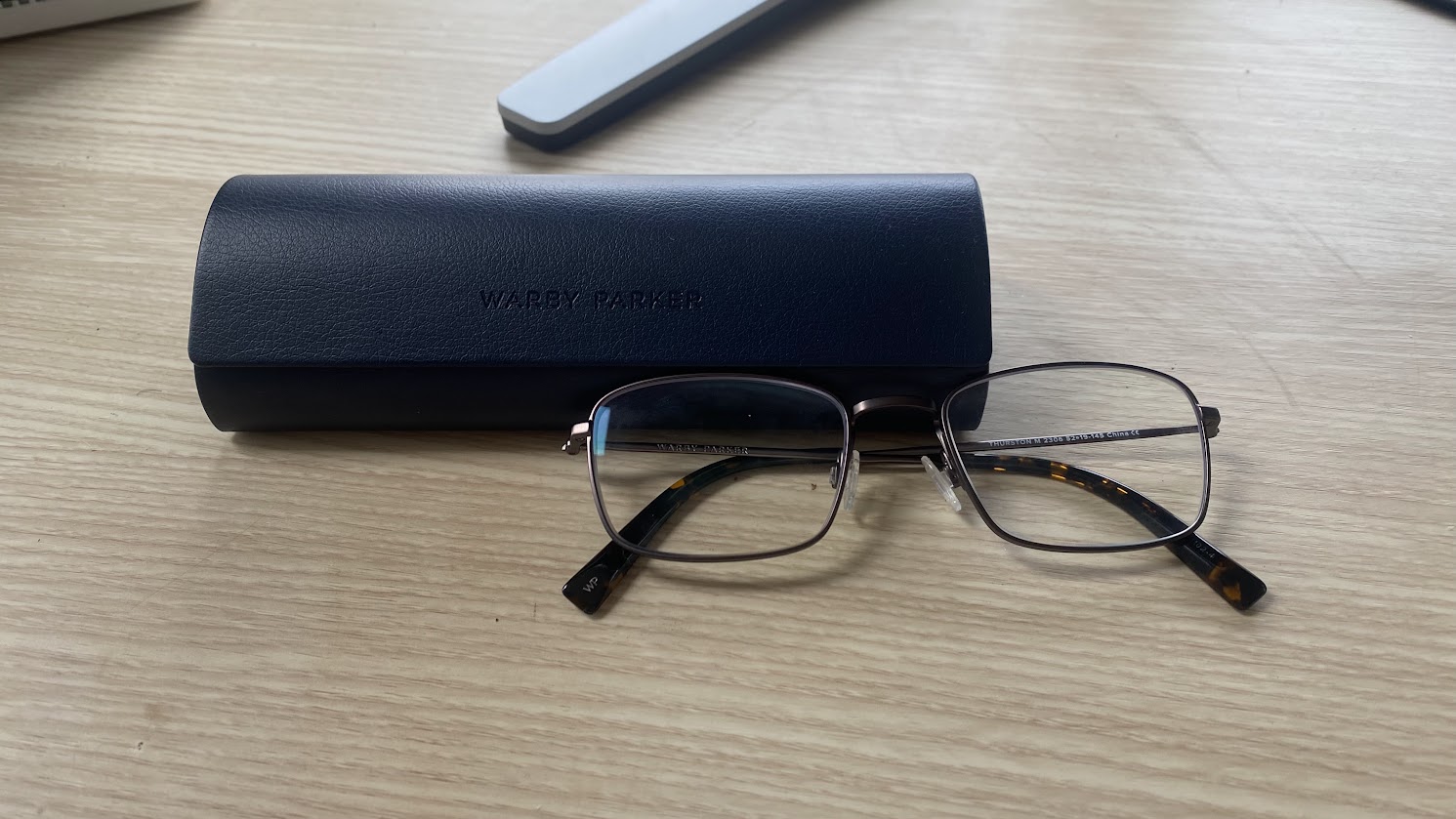
Have you ever been told to invest in the best blue light blocking glasses to reduce eye strain while you spend long days looking at your screen? There's a pretty big push from their proponents for us to incorporate them into our workday wardrobe — they assert that these special specs can reduce everything from eye strain to migraines to low-quality sleep. But how stable is the ground on which those claims stand?
On a mission to have my own first-hand experience with blue light glasses, I sourced myself a pair from Warby Parker that I had read were relatively reliable. After a few at-home tests to make sure they actually blocked blue light (which you do need to perform with these, because a lot of them are phony), I confirmed that they actually had a filter in the lens. With that, I set off to gather a few months of passive info about their effects on my noggin.
Unfortunately, after several months of regular use, I can't say I've noticed any difference. My sleep quality improved much more noticeably when I partook in Dry January than at any other point during the testing process. On top of that, I was still getting headaches from sitting in front of my screen, I found wearing glasses all day frustrating (my heart goes out to everyone who actually needs them), and they only made me look a little bit smarter. These glasses are well-made and they were fun to customize, but I think I was the wrong person for them. Bummer!
Luckily, I've found some other successful methods that don't require buying any gimmicky products, and they all work almost instantly (at least for me). These changes to my home office setup and workday routine had a noticeable effect on my wellbeing almost immediately, and they're all backed by science.
Why the glasses didn't work for me (and likely won't for you)
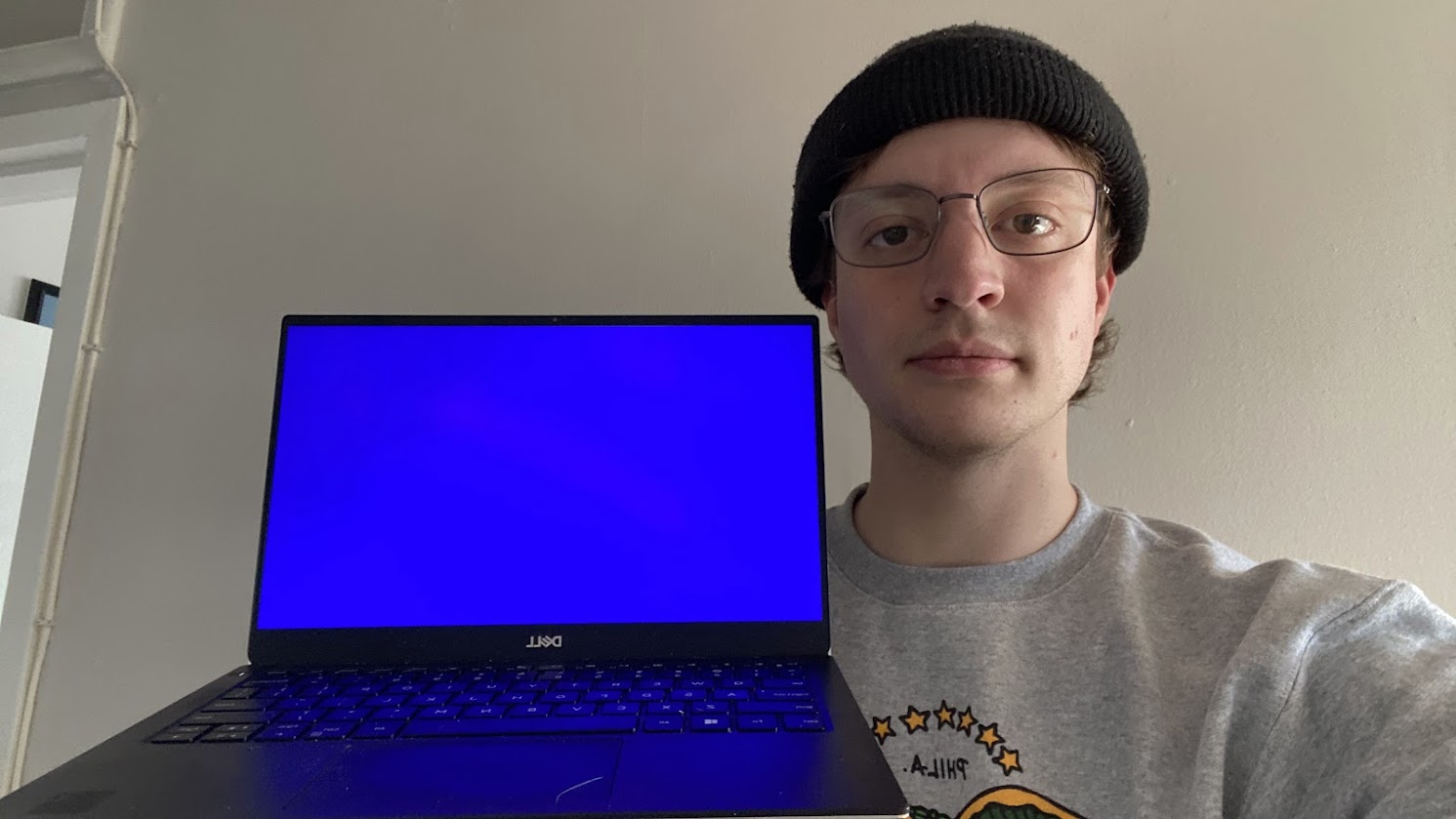
The biggest issue with blue light glasses for eye strain is that they only eliminate one facet of the issues associated with excessive screen time. While those blue light frequencies can wreak havoc on your circadian rhythm, they're not the only negative aspect of gazing at your display all day.
Ultimately, looking at something that's positioned right in front of your face all day isn't ideal for your eyes or brain. Furthermore, your eyes work a lot harder when you're looking at a screen compared to a sheet of paper, thanks in no small part to the former's decreased sharpness and contrast. Screens are also much more susceptible to glare, which can additionally make it harder for your eyes to process what you're looking at. And all of these issues are present regardless of the frequency of a screen's light.
Blocking blue light is good for your brain, especially if you're going to bed in the next few hours, but it's not going to give you the freedom to look at a screen forever without consequences for your health. I learned that the hard way when I put that expectation on a pair of glasses.
Get instant access to breaking news, the hottest reviews, great deals and helpful tips.
Solution #1: Moving my desk to the window
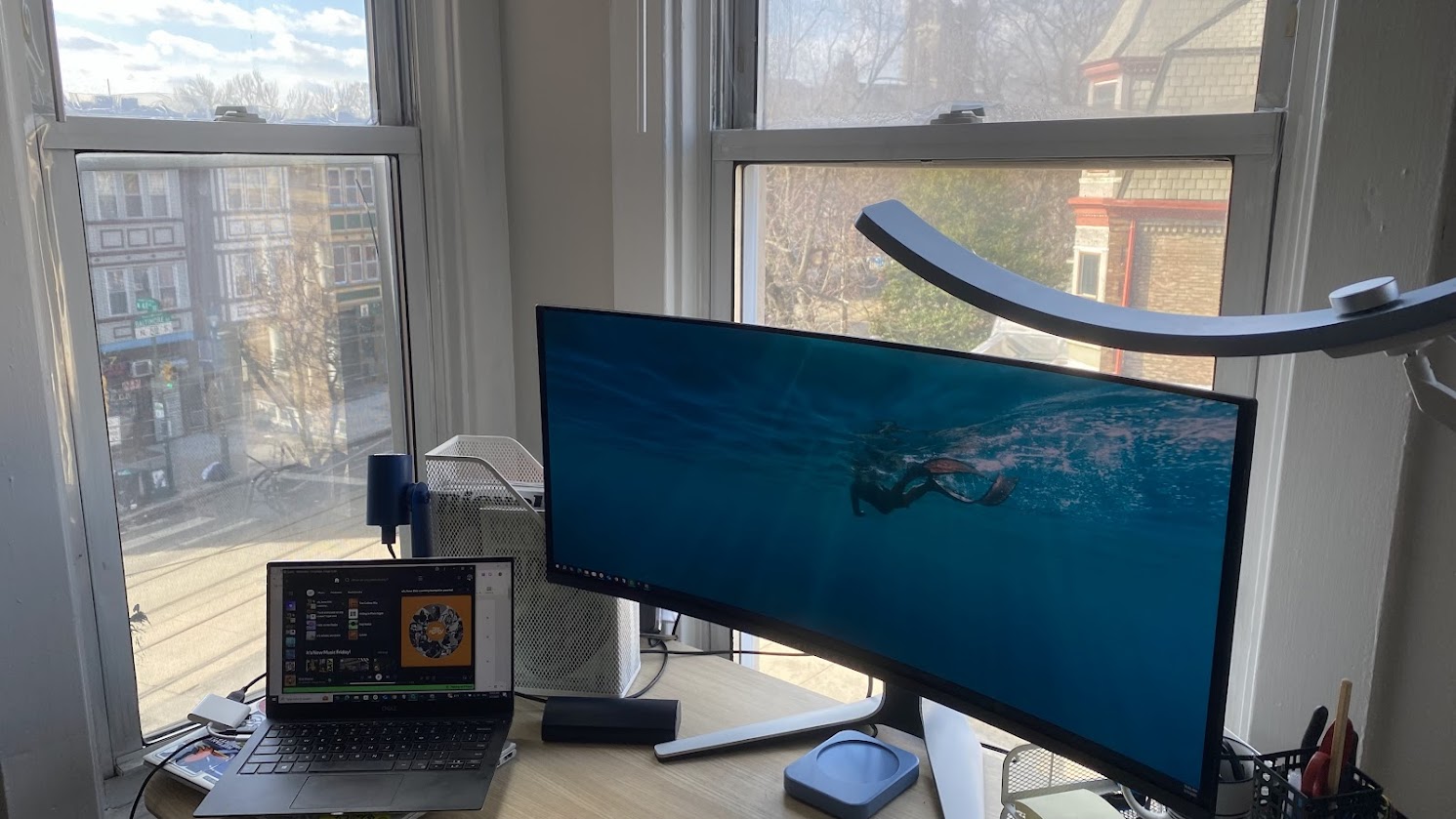
The most effective remedy for eye strain I've tried involves following the 20-20-20 rule, which suggests that one should look at something 20 feet away for 20 seconds every 20 minutes. This is a sound alternative to taking lengthy screen breaks, which we might not have the freedom to do on a busy workday.
I've had my home office set up in one of the best-lit rooms in my apartment ever since I moved here, but I finally rearranged the room to put my Vari Ergo standing desk right in the corner next to two massive windows. Now, whenever I need to look at something far away, I just have to look a little to the left of my monitor.
In terms of positive results, I started seeing them on day one of working in my new spot. Not only did I feel like my eyes had more to focus on, but the people-watching I get from my corner apartment in West Philly is a great way to add flavor to what would otherwise be a monotonous day.
If you can make the time to take a proper screen break and step away from your desk for several minutes, the positive effects of the 20-20-20 rule only multiply. If you have the time, and the weather's not too bad, why not go for a walk around the block?
Solution #2: Staying hydrated
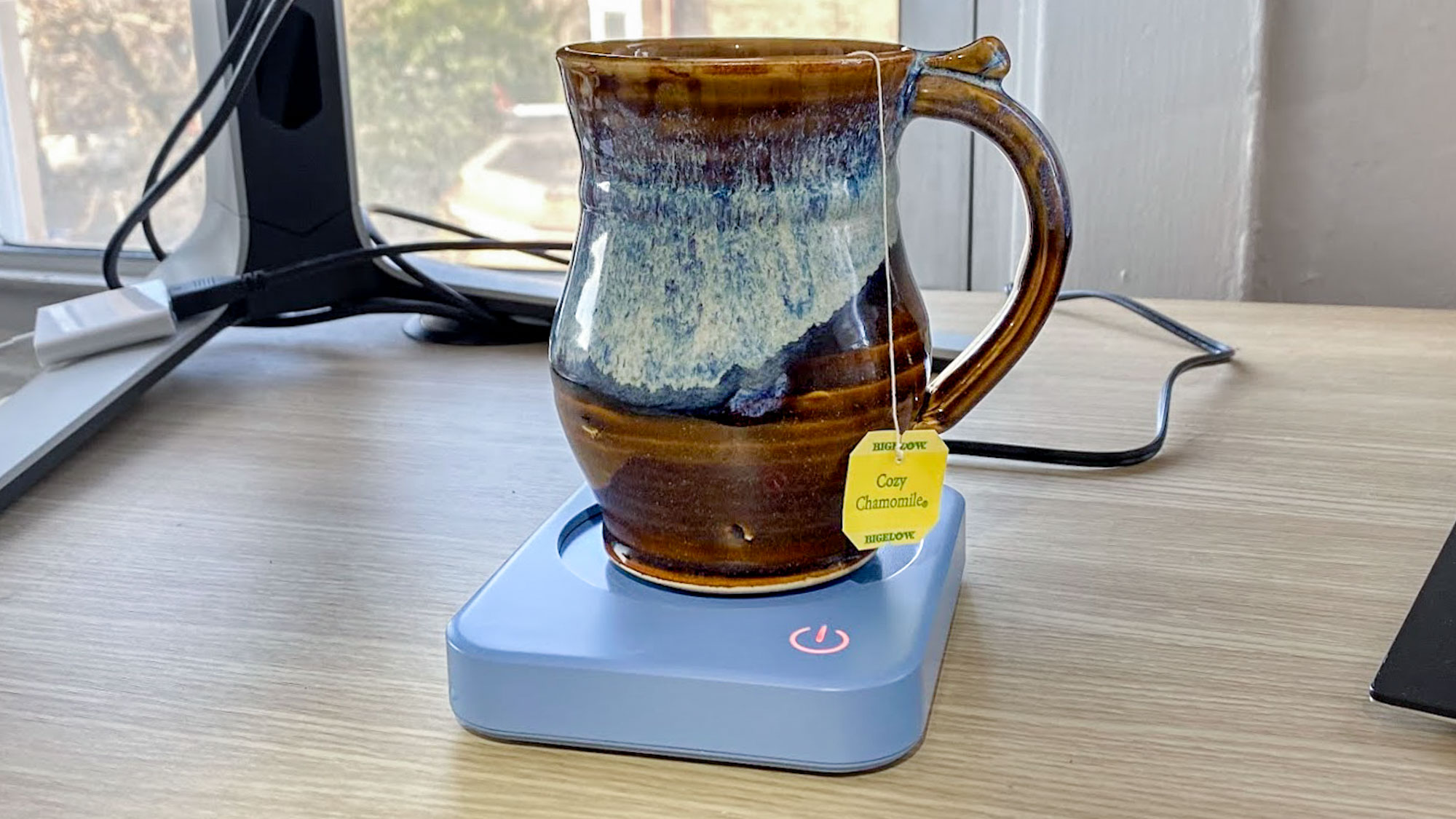
Another element of my health I've noticed I neglect when I work from home is my hydration. When I worked in an office, I would make a ritual out of getting up once an hour to refill my water. It was a great opportunity to schmooze, it got me away from my desk, and it was a shameless procrastination tactic (don't show this to my old boss). But most importantly, if you can believe it, drinking water is good for you!
Facetiousness aside, drinking water throughout the day is a great way to prevent headaches and fatigue. Every single part of your body uses water to function, including the big mass of tissue inside your skull that's processing what you're looking at on your screen. Proper hydration can keep you from feeling dizzy, tired, and irritable, all of which can get in the way of the quality of your work and your workday.
Throughout my day, I've started engineering water and tea breaks into my schedule to give myself just a shade more time away from my screen and to force myself to drink more. Heck, I'm gonna make myself a mug of chamomile right after I finish this paragraph. Not only do these breaks keep me hydrated, but they also give me concrete pauses in my day that can help with properly pacing my tasks. And if you're forgetful like me, it's quite easy to set alarms on your phone or with one of the best smartwatches to keep those intermissions spaced evenly.
Solution #3: Supplementary lighting
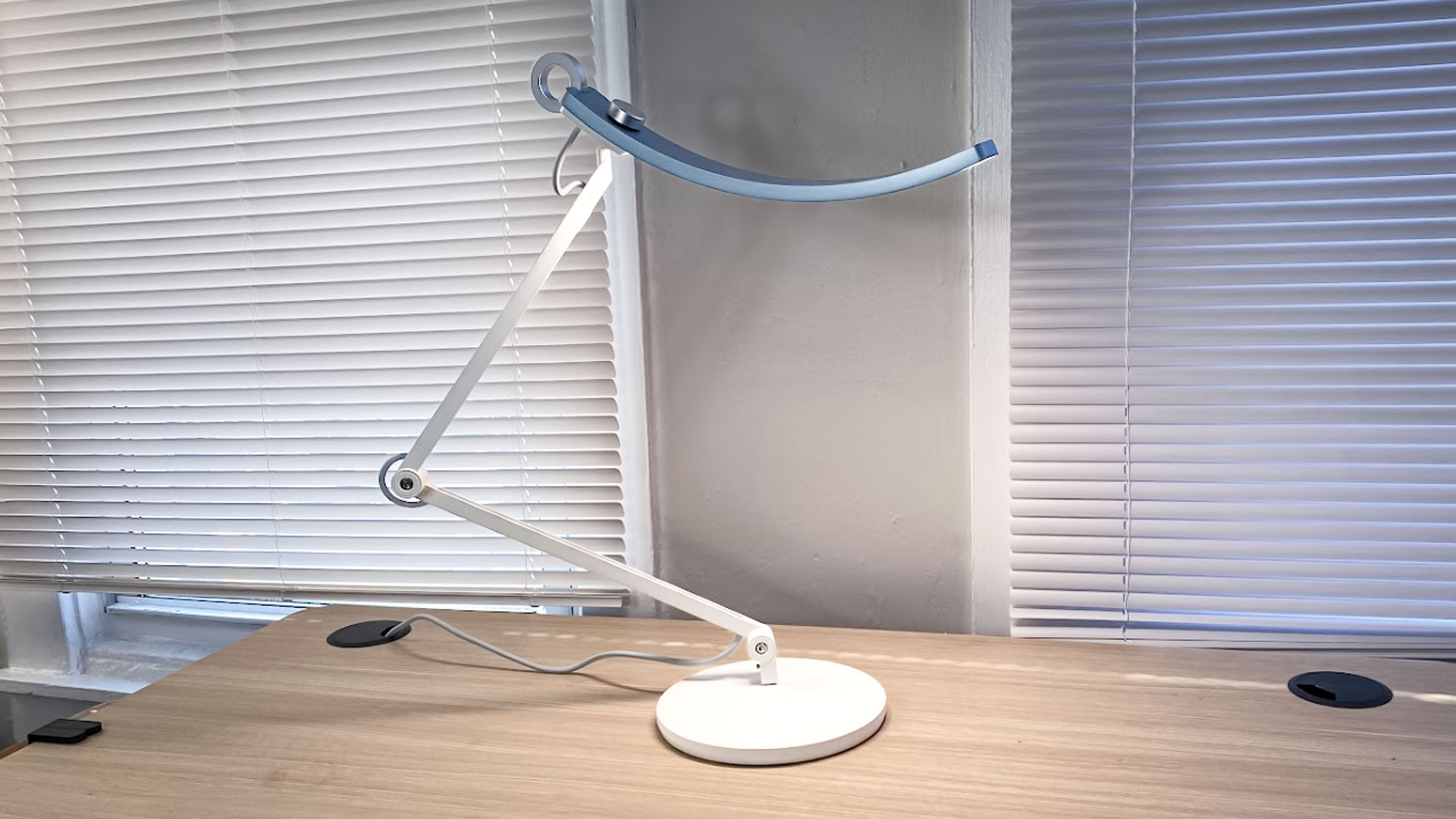
Has anyone ever told you that driving at night is bad for your eyes because of the strain you experience looking at other people's headlights? The same problem occurs when you stare at a bright screen in a dark room.
Due to the stark contrast between your bright screen and a dark room, your pupils are constantly dilating to different sizes, which will unquestionably cause eye strain. Luckily, this is as easy a problem to solve as buying one of the best desk lamps, which keep the rest of your office illuminated and reduce that pesky contrast.
I care a lot about the lighting in my home already, so I was eager to fill my office with multiple small sources of light. Not only does the variety of warm-toned lamps look fantastic, but it also keeps the headaches at bay whenever I find myself working after sunset.
If you invest in a quality lamp like the BenQ e-Reading lamp I have on my desk, you can also adjust the brightness and warmth of your light to fit the atmosphere at any given time. No more lighting solutions that are too bright or too dim!
Multiple solutions to one major problem
If you feel like garbage at the end of every workday you spend staring at a screen, there's a good chance there's more than one issue piling up to cause the cacophony of discomforts you experience as a work-from-homer. Blue light may be one of them, but blocking out that limited range of frequencies may only be one facet of the best solution.
There are plenty of ways to repair your relationship with screen time, and they all come down to paying attention to your health at large. Staying hydrated, establishing regular screen breaks, and adding extra lighting to your office will all remedy most of the foundational issues which occur from a sedentary workday spent in front of a screen.
To be clear, the best blue light blocking glasses aren't complete junk. They still serve a function that's beneficial to your health, and if you're in the market for a new pair of glasses, getting this extra filter as an add-on will help more than it hurts. I simply write this story as a warning: Don't expect your workday to become more comfortable just because you bought something.
More from Tom's Guide

Adam Schram is a staff writer covering home office gear for Tom's Guide, writing about everything from standing desks to comfy chairs to the occasional walking treadmill. Prior to his tenure with the team, he reviewed running gear for Runner's World, cycling gear for Bicycling, and the occasional Lego set for Popular Mechanics. Before he became a journalist, he was a bike mechanic in his home town of State College, Pennsylvania for almost seven years. Now, he's based in Philadelphia. He spends his free time ripping his bike around local trails, perusing the local music scene, and trying in vain to do the Sunday crossword without cheating.
